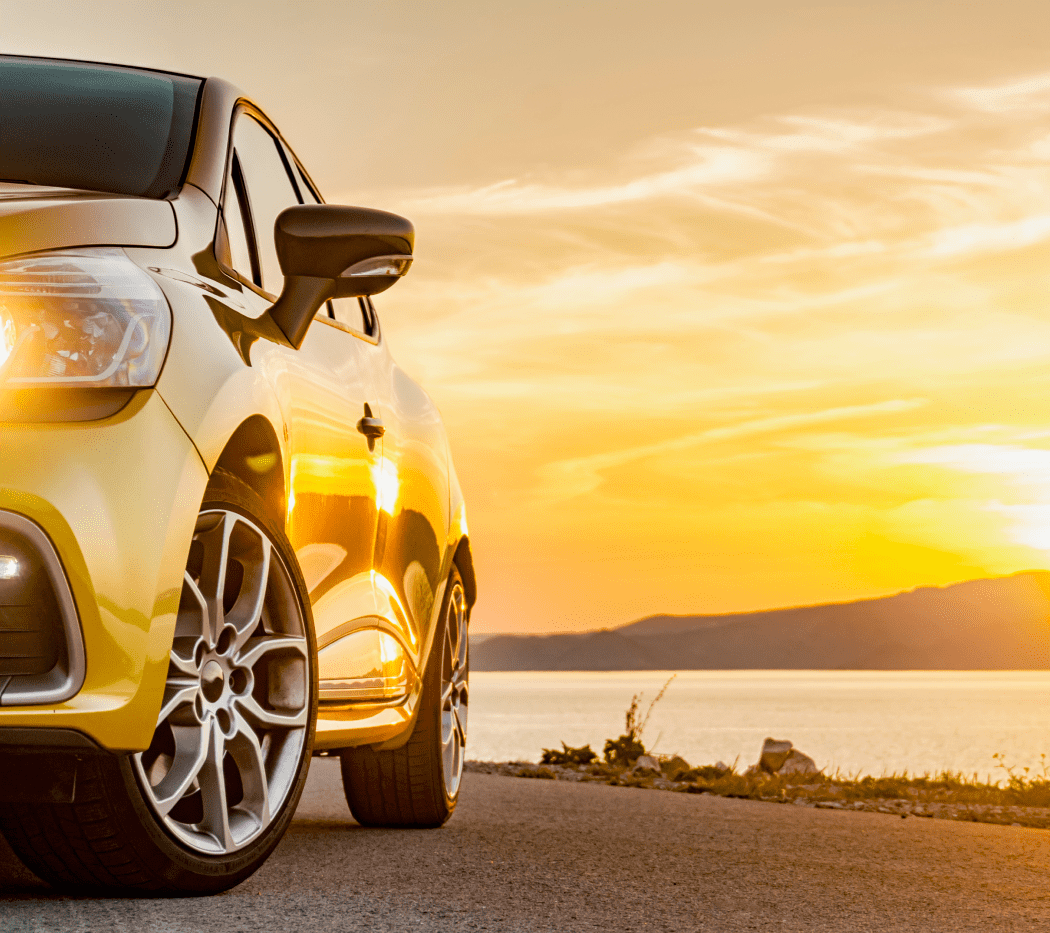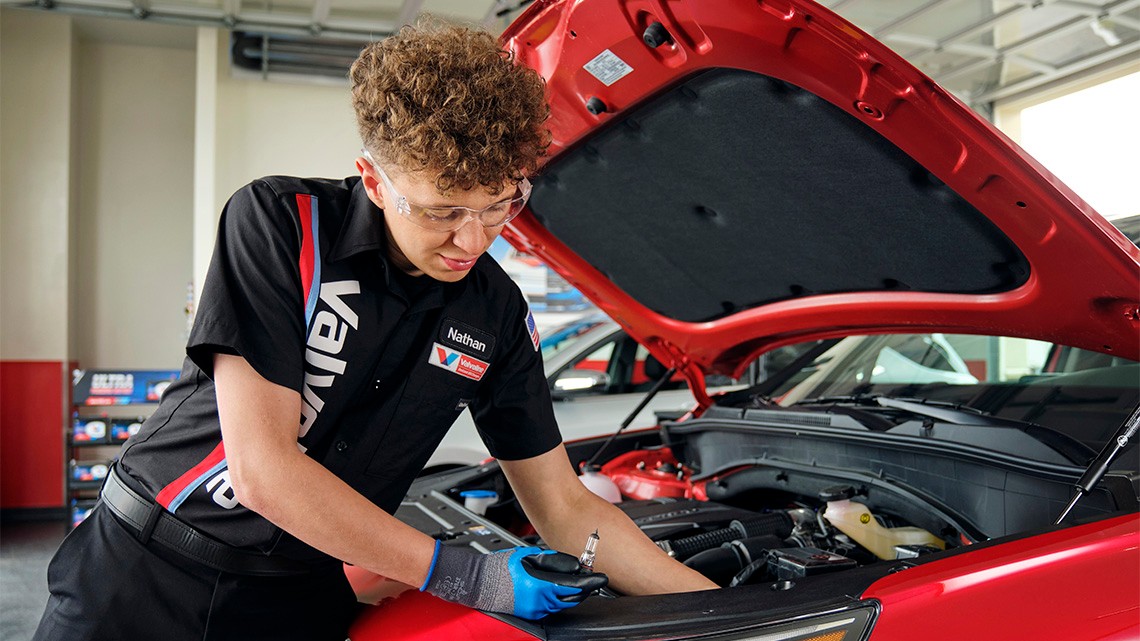Staying Fit


Cars today seem so reliable that those old jokes about breakdowns (Found On the Road Dead or Fix It Again, Tony) feel like something from a bygone era. But with the rise in extreme weather, long lists of recalls and sometimes just plain bad luck, motorists can still find themselves stuck on the road without immediate help.
“You never know if your vehicle is going to become disabled or even if you’re going to be in a traffic jam and you’re stuck there with no place to go,” says AAA’s David Bennett, senior automotive manager.


AARP Membership— $12 for your first year when you sign up for Automatic Renewal
Get instant access to members-only products and hundreds of discounts, a free second membership, and a subscription to AARP the Magazine.
Approximately 1 out of 3 drivers will experience a car breakdown in the U.S., according to the car software company Agero. Even worse, over 700 drivers are killed annually while trying to deal with a mechanical issue on the road. So having the right emergency gear in your car could not only save you time, it could also save your life.
Recharge your battery
One of the most common causes of breakdowns, according to the car insurance firm Geico, is a dead battery. In the past, jumping a car meant having a pair of jumper cables on hand and then finding a Good Samaritan with another vehicle to jump-start your car. But these days you can do it all on your own — in some cases, without even getting out of your vehicle — as long as you have the right tool.
Boost your battery and your phone. Rechargeable battery packs now have enough juice to kick-start a car’s 12-volt battery, with models available from several companies, including Cobra, Scosche and Noco. These portable battery jump starters are about the size of paperback book, priced around $100 and usually do double duty as battery backups for smartphones.
AARP Driver Resources
- Smart DriverTEK: Get up to speed with top ten vehicle safety technologies.
- AARP SafeTrip™: Insights into how you drive and rewards your success.
Pack a gadget that leaves no chance of error. Many models, like the Scosche PowerUp 700 ($140), also include a small, built-in LED flashlight and will prevent you from incorrectly attaching the jumper clamps and doing any damage. (Make a wrong connection, and the jumper pack simply won’t power up.)
Charge your battery from inside your car. Models like the Cobra Jump Starter 1000A CPJS 1000A ($120) will hold a charge for up to a year, and it has a strobe light mode for emergencies. In inclement weather or dangerous locations, like on the side of a busy highway, you can use it to start your car without the risk of going outside, points out Connor Eberhardt, Cobra’s product manager for power and communications. Just plug it into the car’s 12-volt cigarette lighter plug. It can take several minutes to start a car this way, but it may be safer than popping the hood and standing outside.
Pump up your tires
The second most important part of your vehicle is where the rubber meets the road. According to the National Highway Traffic Safety Administration (NHTSA), 662 roadway fatalities occurred in 2021 due to tire-related accidents. Tires can fail for a number of reasons, including underinflation and sudden punctures.



































































More From AARP
9 Bad Habits That Could Damage Your Car
Mechanics say drivers should stop doing these things and extend vehicle life
How to Adjust Car Mirrors to Prevent Blind Spots
High-tech cameras help, but drivers should also rely on their eyes
Avoid Distracted Driving While Getting the Most Out of New Car Tech
Understand and learn how to control the latest safety features
Recommended for You